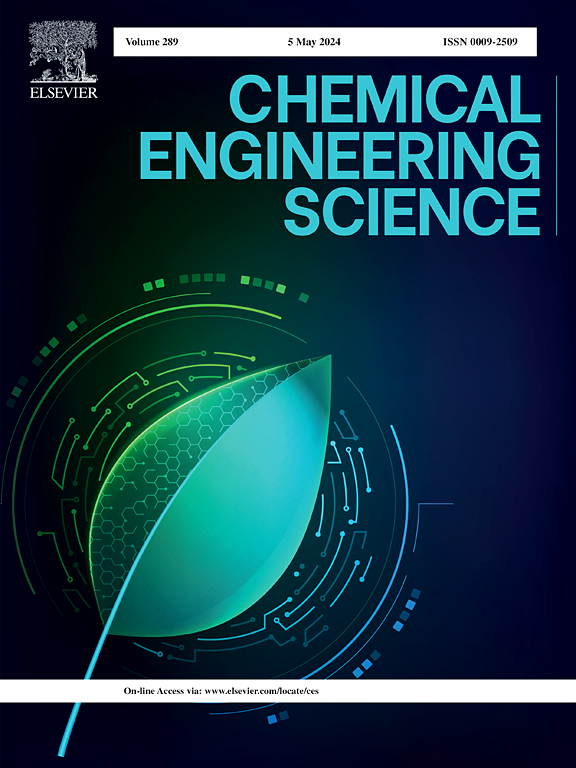从生物质中提取的花状石墨碳用于钾离子电池负极
IF 4.3
2区 工程技术
Q2 ENGINEERING, CHEMICAL
引用次数: 0
摘要
传统的钾离子电池石墨阳极会被较大半径的钾离子插入破坏结构,导致循环稳定性和倍率性能差。本文设计了一种源自生物质的花状石墨碳(FLGC)结构。FLGC作为PIBs的阳极,由于具有大量的介孔、固有缺陷和较大的层间距,实现了稳定的性能和高速率性能。FLGC表现出稳定的循环性能(在500 mA g−1下循环1700次后的171mAh g−1,容量保留率为79.2% %)和高钾储存容量(在100 mA g−1下的301mAh g−1),此外还有低充放电平台(充电0.35 V,放电0.12 V)。更重要的是,研究了钾的储存机理和本征缺陷对电化学性能的影响。本研究提供了一种新颖的石墨结构设计,这对PIBs具有重要意义。本文章由计算机程序翻译,如有差异,请以英文原文为准。


Flower-like graphitic carbon derived from biomass for anode of potassium ion battery
The conventional graphite anode for potassium ion batteries (PIBs) can be structurally disrupted by intercalation of potassium ion with a large radius, resulting in the poor cycling stability and rate capability. Here an architecture of flower-like graphitic carbon (FLGC) derived from biomass is designed. As the anode for PIBs, FLGC achieves the stable performance and high-rate capability because of numerous mesopores, intrinsic defects, and a large interlayer spacing. FLGC presents a stable cycling performance (171 mAh g−1 after 1700 cycles at 500 mA g−1 with a capacity retention of 79.2 %) and a high potassium storage capacity (301 mAh g−1 at 100 mA g−1), in addition to low charge/discharge plateaus (0.35 V for charge and 0.12 V for discharge). More importantly, the mechanism for potassium storage and influence of intrinsic defects on the electrochemical performance are investigated. This study offers a novel design for graphitic structures, which is important for PIBs.
求助全文
通过发布文献求助,成功后即可免费获取论文全文。
去求助
来源期刊

Chemical Engineering Science
工程技术-工程:化工
CiteScore
7.50
自引率
8.50%
发文量
1025
审稿时长
50 days
期刊介绍:
Chemical engineering enables the transformation of natural resources and energy into useful products for society. It draws on and applies natural sciences, mathematics and economics, and has developed fundamental engineering science that underpins the discipline.
Chemical Engineering Science (CES) has been publishing papers on the fundamentals of chemical engineering since 1951. CES is the platform where the most significant advances in the discipline have ever since been published. Chemical Engineering Science has accompanied and sustained chemical engineering through its development into the vibrant and broad scientific discipline it is today.
 求助内容:
求助内容: 应助结果提醒方式:
应助结果提醒方式:


